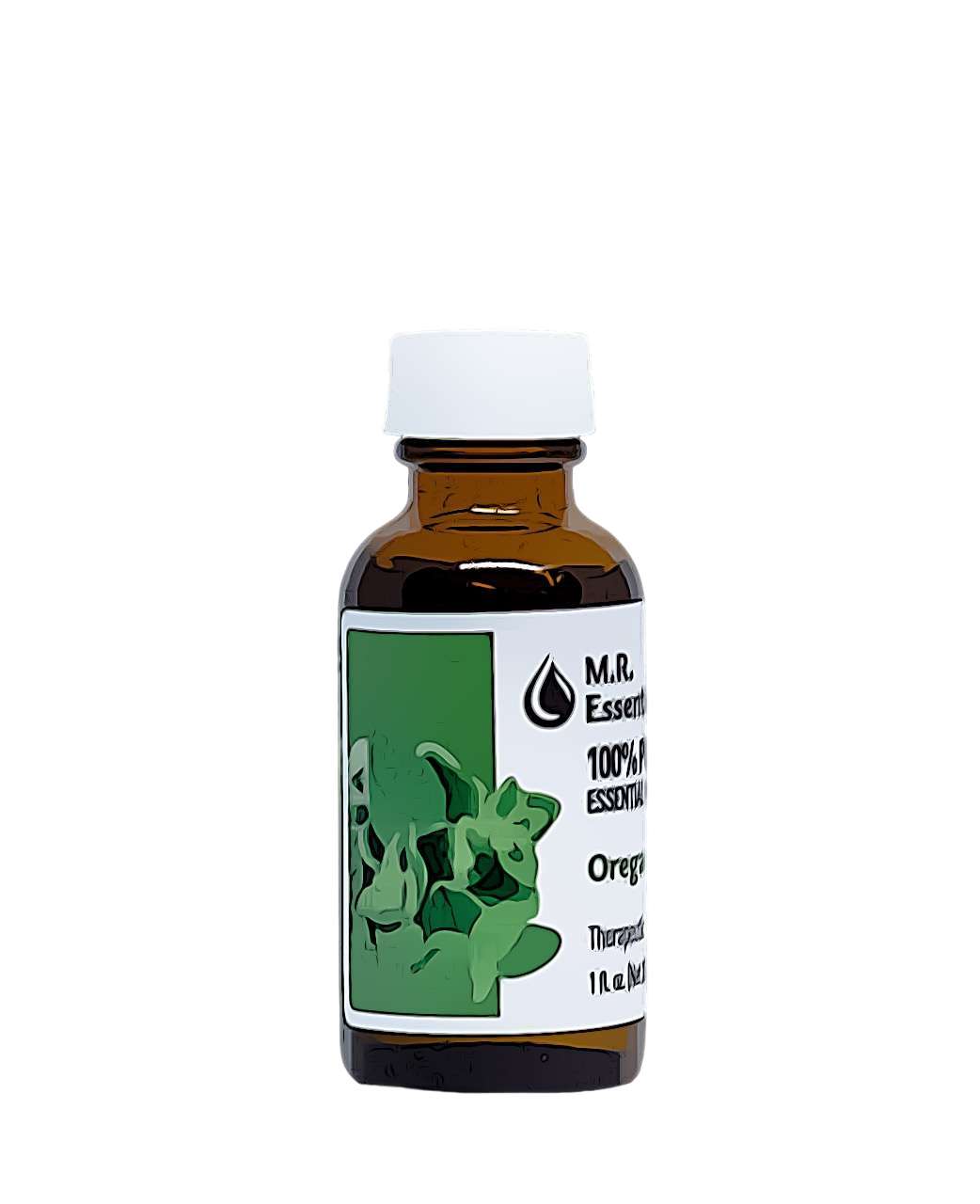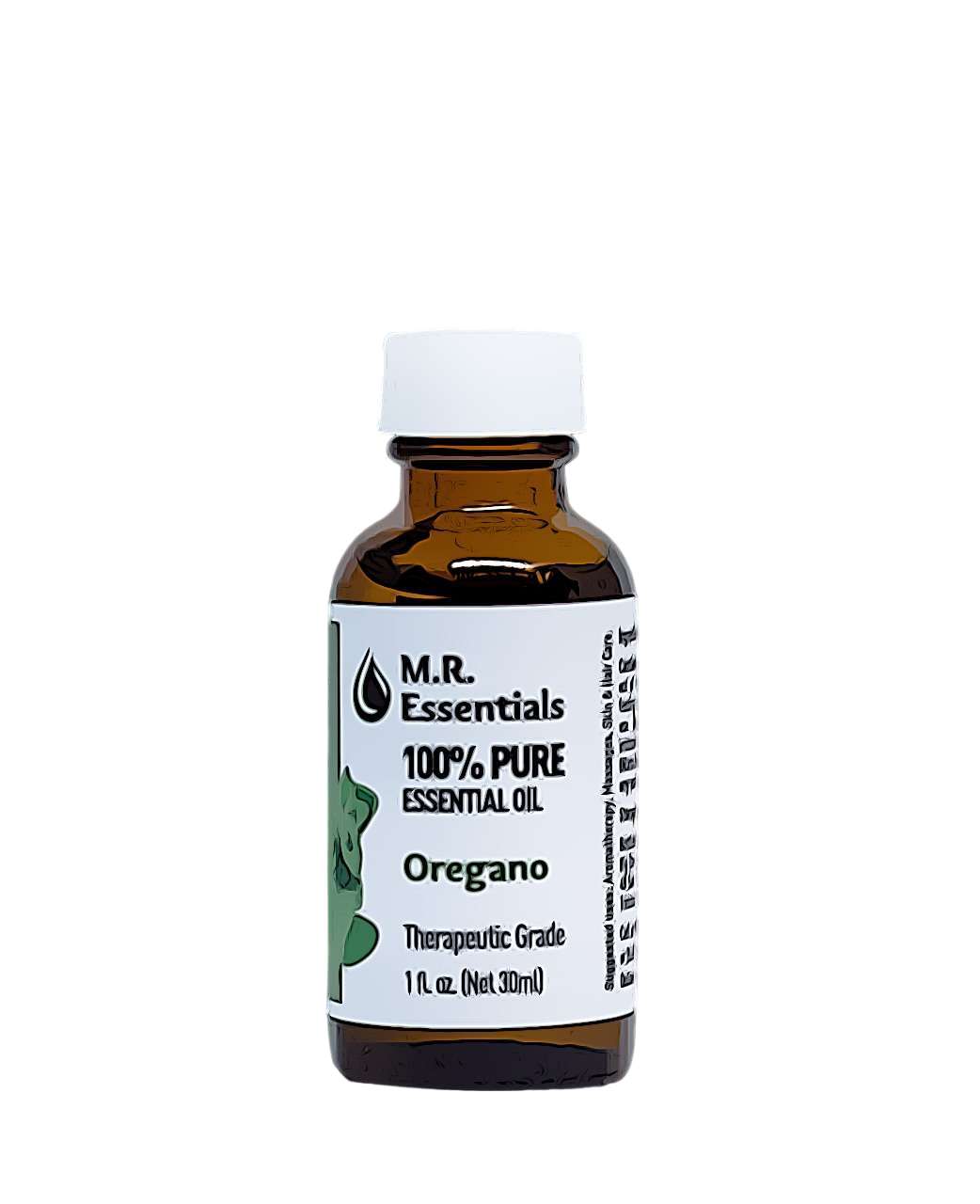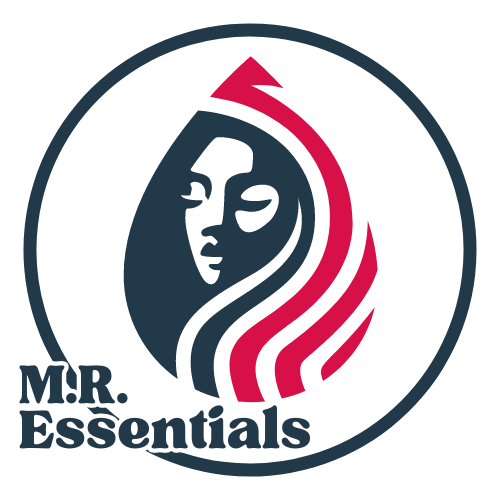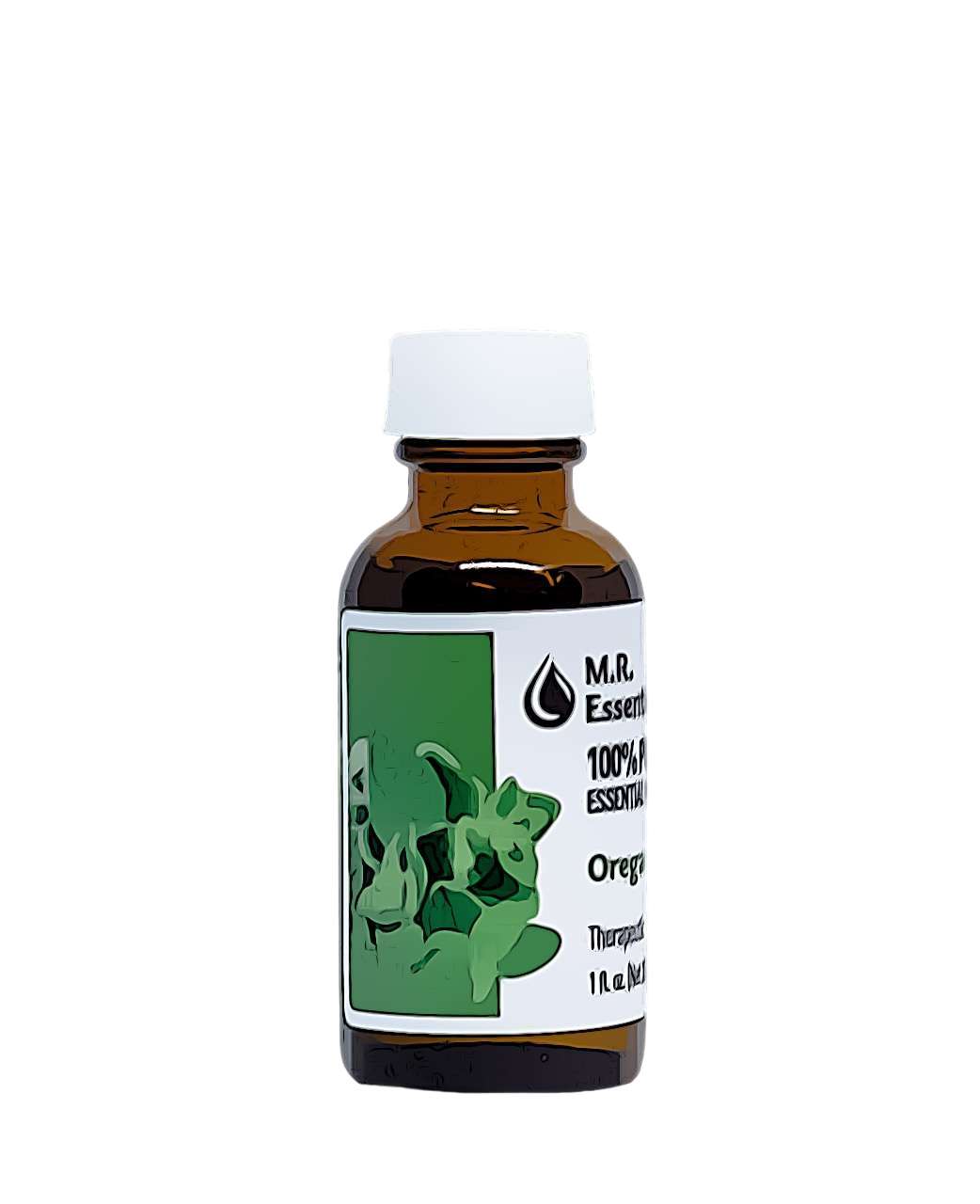MR Essentials
Oregano Essential Oil (Origanum vulgare)
Oregano Essential Oil (Origanum vulgare)
Couldn't load pickup availability
*The statements below have not been evaluated by the Food and Drug Administration. This product is not intended to diagnose, treat, cure, or prevent any disease.
Share
Product Details
Product Details
Method of Extraction: Steam Distillation.
Plant Part Used: Leaves and Flowers/Buds.
Color: Pale Yellow.
Consistency: Thin.
Aromatic Description
Aromatic Description
Perfumery Note: Medium.
Strength of Initial Aroma: Strong.
Aromatic Description: Herbaceous and sharp.
Suggested Uses
Suggested Uses
• Antibacterial.
• Antifungal.
• Antiviral.
• Expectorant.
• Stimulant.
Source: Valerie Ann Worwood, The Complete Book of Essential Oils and Aromatherapy, 25th Anniversary Edition (Novato, CA: New World Library, 2016, 610.
Dilution Guideline
Dilution Guideline
Adults: Usually, a 2-3% dilution is suitable, about 12-18 drops of essential oil per ounce of carrier oil.
Children (5-10), Frail Elderly, Sensitive Skin: A lower dilution of 1% or less (6 drops per ounce).
Facial or Sensitive Areas: Use a 0.5-1% dilution (3-6 drops per ounce).
Acute or Short-Term Use: For resolving a specific issue, a marginally higher dilution can be used for a period of 2-3 weeks as necessary.
Major Constituents
Major Constituents
Carvacrol. p-Cymene. Gamma-Terpinene. Thymol. Linalool.
Source: K.H.C. Baser, T. Oztek, G. Tumen, et al. Composition of the Essential Oils of Turkish Origanum Species with Commercial Importance. (Journal of Essential Oil Research 5, 1993), 619-623. Source cited in Robert Tisserand and Rodney Young, Essential Oil Safety (Second Edition. United Kingdom: Churchill Livingstone Elsevier, 2014), 375-376.
Safety Information
Safety Information
Tisserand and Young warn that Oregano Essential Oil is contraindicated during pregnancy and breastfeeding.
They indicate that when using Oregano Oil, there is moderate risk for mucous membrane irritation, it may inhibit blood clotting and pose a drug interaction hazard. It may cause embryotoxicity.
There is a moderate risk of skin sensitization, and Tisserand and Young recommend a dermal maximum of 1.1%. They advise not to use topically on children age 2 or younger or for those with hypersensitive/diseased/damaged skin.
Reading Tisserand and Young's full profile is recommended [Robert Tisserand and Rodney Young, Essential Oil Safety (Second Edition. United Kingdom: Churchill Livingstone Elsevier, 2014), 376.]
This essential oil poses a higher risk of causing irritation and sensitization when used in the bath. Avoid using it in the bath, even if it is solubilized/diluted.






